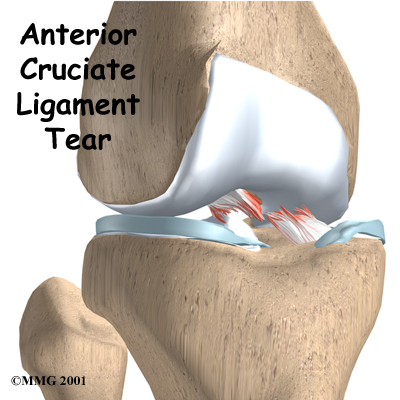
With ACL injuries on the rise, it is important to educate yourself on how to cope with this debilitating problem. ACL injuries are all-too-common in competitive and recreational athletes that require more than just an ice pack…
Treating your ACL Injury at
the Central Orthopedic Group
The team at Central Orthopedic Group specializes in the care of your injured ligaments, bones, tendons and joints. Our Sports Medicine Specialist, Dr. Scott Silverberg, will assist you in making the best-informed decision possible regarding the management of your ACL injury, and create a course of action to bring you back to your top performance level, while decreasing the chance of further damage.
Tips for Healing and Rehabilitation
- Nonsurgical rehabilitation for a torn ACL will typically last six to eight weeks. Physical Therapists apply treatments such as electrical stimulation and ice to reduce pain and swelling. Exercises to improve knee range of motion and strength are added gradually. If your doctor prescribes a brace, your PT will work with you to obtain and use the brace. You can likely return to your sporting activities when your quadriceps and hamstring muscles are back to nearly their full strength and control, you are not having swelling that comes and goes, and you aren’t having any problems with the knee giving way.
- Surgery may be recommended if the injury cannot be controlled through a rehabilitation program. The main goal of surgery is to get the knee functioning normally again. Following a reconstructive surgical procedure, most doctors will have their patients participate in formal physical therapy. Your progressive rehabilitation program is vital to the successful outcome of your surgery, and will likely last four to six months following your procedure. Your Physical Therapist will work with you on your recovery goals to help you to progress back to a full range of activities.
- Rest may seem obvious, but it is essential to help your body to recover quickly. In addition, sleep will allow your body to move energy to repair injured tissue.
Why ACL Injuries are the Nastiest:
- Athletes can’t function without an intact ACL
- ACL is the weakest ligament in the body
- They can happen during a routine pivot or stop
- Female hormones can weaken the ligament

The Anterior Cruciate Ligament (ACL) is one of the four main ligaments around the knee that connects the femur (thigh bone) to the tibia (shin bone). The ACL provides stability to the knee with twisting, pivoting and side-to-side activities. An estimated 3,000 ACL injuries occur per year in the United States alone, with the vast majority of injuries occurring in athletes.
